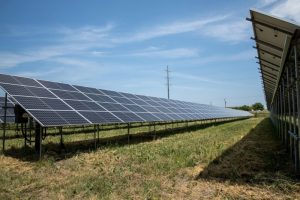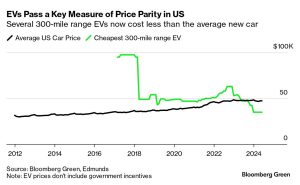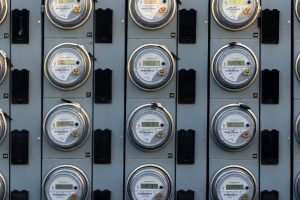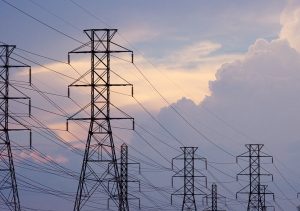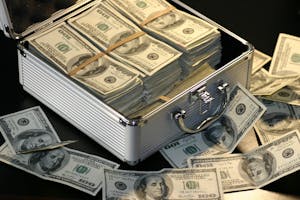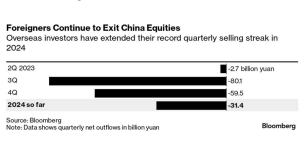Don’t blame clean energy for rising electric bills
Rising electricity costs are putting American households under increasing financial stress. But clean energy isn’t to blame — even if Republican lawmakers and pro-fossil fuel advocates say otherwise. :See example.
The real drivers of climbing electricity rates are spikes in fossil gas prices, rising costs to maintain and rebuild aging and stressed grid infrastructure, and a utility business model that incentivizes big capital investments that customers have to pay off over decades.
That’s the conclusion of a new report from think tank Energy Innovation, which takes on one of the favorite talking points of those striving to reverse renewable energy mandates and climate change policies across the country.


